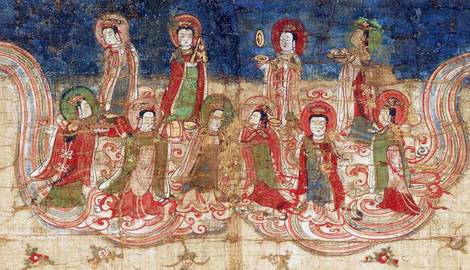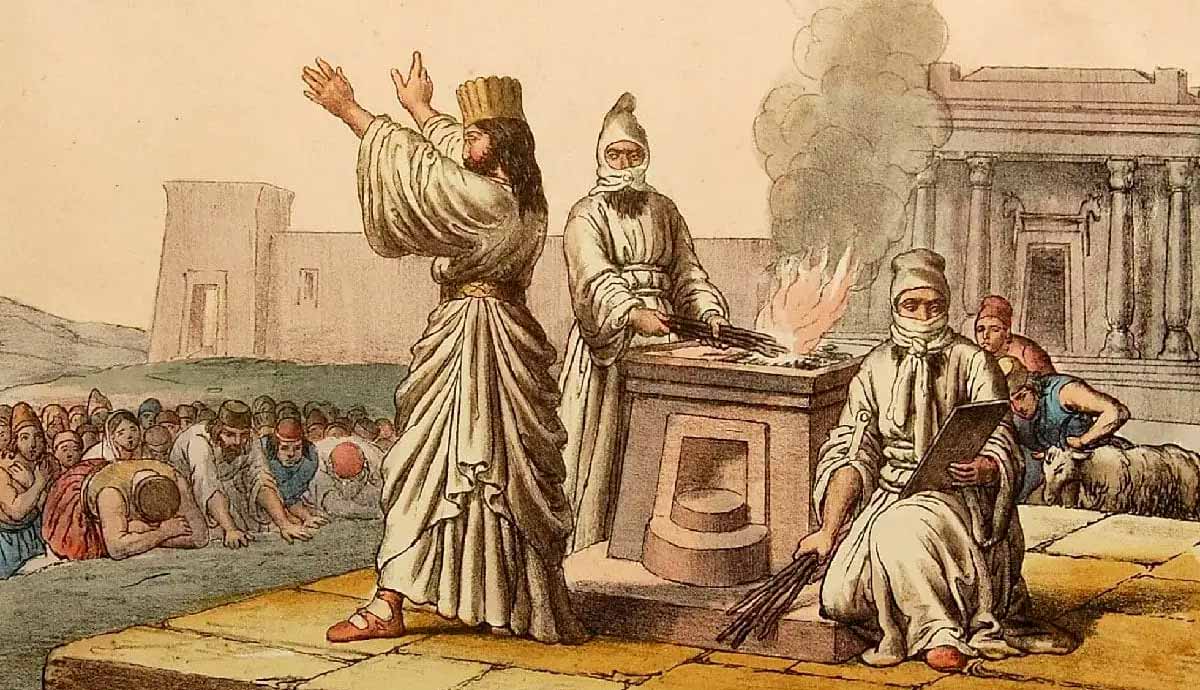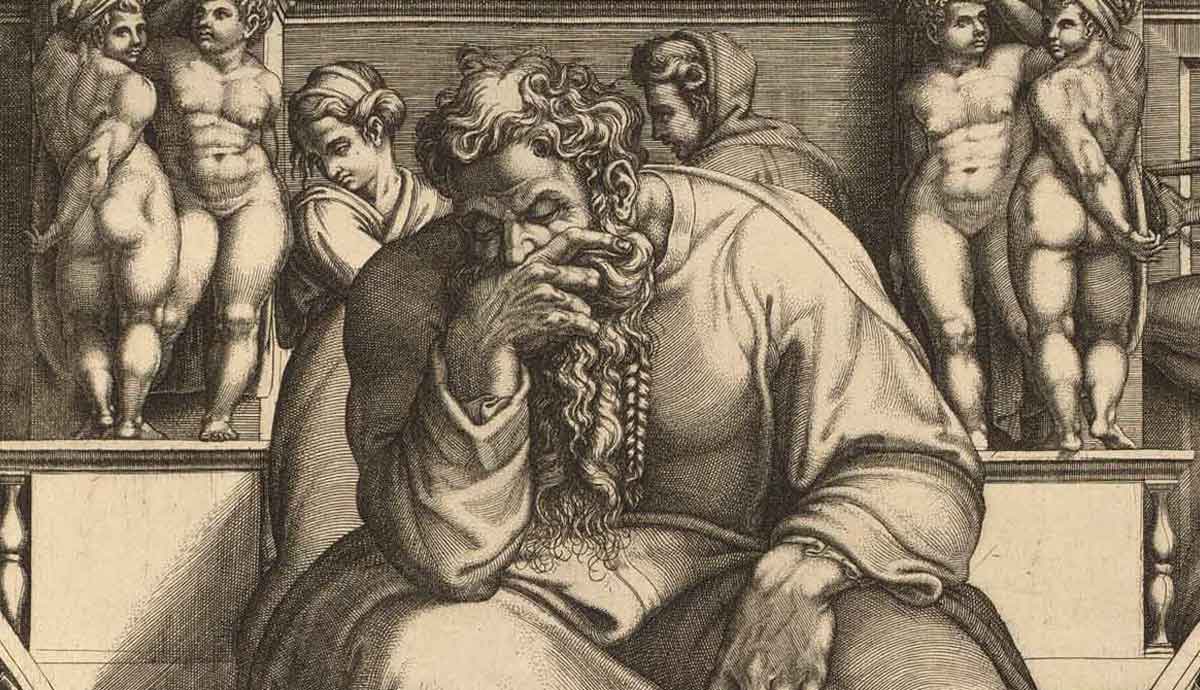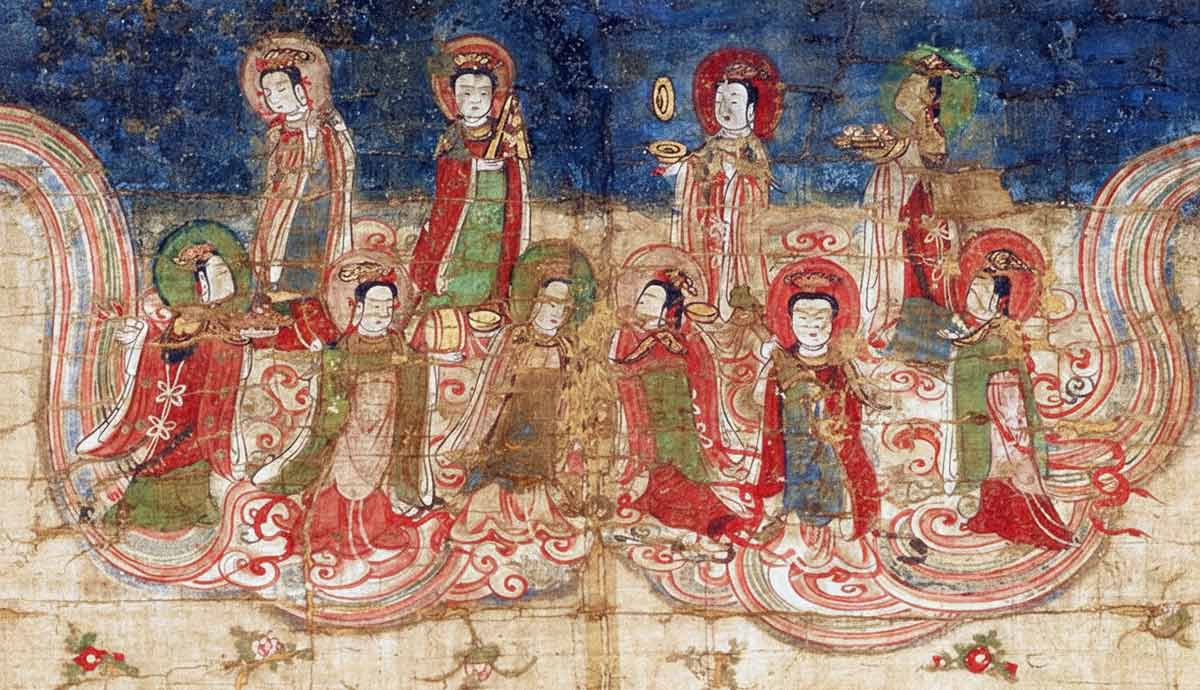
The ancient world gave rise to a collective of religions that became immensely popular over time. And one of them was Manichaeism. Manichaeism was a major gnostic religion that was started by a Persian prophet named Mani (216 CE to 274 CE). Mani often viewed himself as the final prophet in a long line of prophets such as Jesus. He developed its global religious blueprint, which he believed would allow it to complete and surpass the popularity of teachings by earlier figures such as Buddha and Jesus. His ultimate mission was to build a belief system that resonated with all people.
Where Mani Was Born
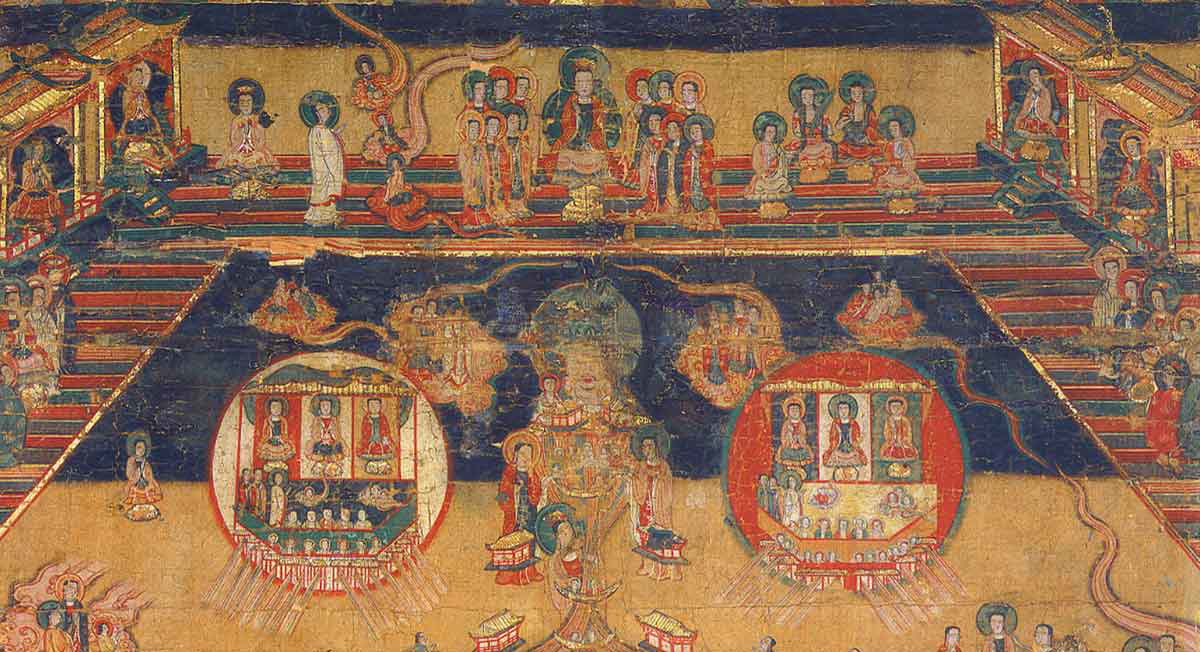
Born inside the culturally diverse Sasanian Empire, Mani grew up in a Jewish-Christian sect called the Elcesaites that was also syncretic in nature. His life course changed when he began to experience a series of revelations from a presumed heavenly being which he identified as his spiritual Twin. Around the age of twenty-five he started to preach this new understanding of the world, often traveling great distances to spread his teachings.
A major moment for the new faith came around 242 CE when Mani was granted an audience with the Persian emperor Shapur I. The emperor gave him the right to teach throughout his lands as a member of the royal court. The approval allowed his teachings to grow in popularity. Within a few decades Manichaean communities could be found in regions such as Egypt and Central Asia.
What Made the Religion So Appealing
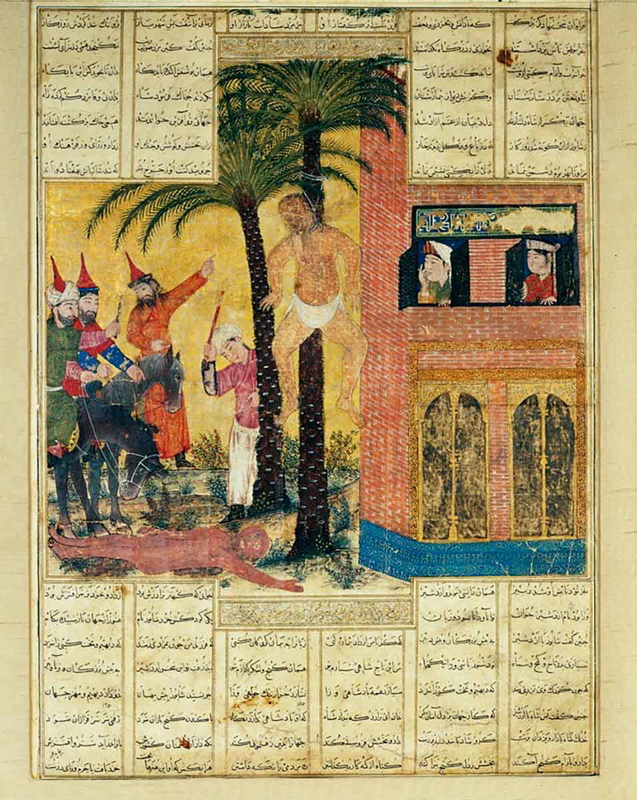
The faith’s incredible appeal came from its powerful explanations to the concept of evil. It presented a dualistic cosmos that explained that the world was locked in an eternal struggle between two opposing principles – a perfect kingdom of light and good, and a corrupting force of darkness and evil. Manichaeism’s core teaching explained that the material world was an unfortunate cosmic occurrence – a prison created when the forces of darkness attacked the light and trapped it.
It explained that the human soul was made of light but was trapped in the body and matter (darkness), and that deliverance was only possible through special knowledge (gnosis) and practicing its teachings, which allowed the soul to be redeemed. Without the knowledge, there would be suffering. The explanation for the cause of suffering resonated with many people in the ancient world.
How the Religion Was Structured

Mani used a deliberate and careful strategy to protect his message from changing over time. He personally wrote the faith’s primary holy books which had a fixed set of scriptures. The strategy prevented widespread arguments about core beliefs that troubled many other emerging religions from causing havoc.
The practice was, at the time, highly unusual for a religious founder in that era. Manichaeism also had a very well-organized church structure composed of two classes of followers – the Elect who were the celibate clergy, living lives of extreme religious piety, and the Hearers who were the laypeople that supported them.
The new religion’s survival in its early years depended heavily on the political situation in Persia. While its relationship with the state was often tense, the religious tolerance offered by Emperor Shapur I was the most critical factor in its initial success. The period of imperial favor was brief, however, as a later emperor, Bahram I, had Mani executed around 274 CE.
What Happened to the Religion After Mani’s Death

Beginning in the late 3rd century CE, Manichaean missionaries pushed eastward taking advantage of the Silk Road’s network. Over time, the religion became extremely popular among Sogdian merchants – a group which controlled much of the trade on the Silk Road.
Westward expansion brought the faith into the Roman Empire where it found a ready audience. During the turbulent 3rd and 4th centuries CE, its structured church and clear answers for suffering appealed to many Romans searching for spiritual stability. The religion spread very quickly through North Africa. It also built a significant following in Syria, Egypt, and parts of Europe. Soon, it grew to become a major rival of the Christian church which viewed it as a serious theological danger.
What Caused the Decline of the Manichaeism Religion

The political climate in which Manichaeism spread, particularly during the 3rd and 4th centuries CE, was often defined by conflict between Rome and the Sasanian Empire presumably due to its Sasanian origins. As such, there were frequent persecutions of its followers and burning of its texts. Some rulers in places like China also called for the persecution of its members. Today, the number of its adherents is greatly diminished.
